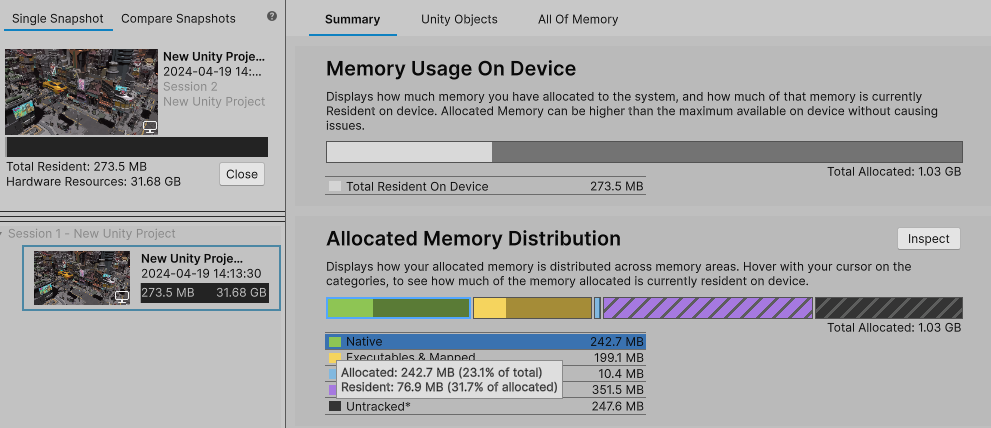1、参考链接
https://blog.csdn.net/qq_31254435/article/details/137799739
但是,我的方法和上述链接不大一样,我是采用VS2019进行编译的,方便在Windows平台上验证各种算法。
2、创建一个VS2019的C++ Console工程
#include <iostream>
#include <open3d/Open3D.h>
int main() {
using namespace open3d::geometry;
auto sphere = TriangleMesh::CreateSphere(1.0, 4);
sphere->ComputeVertexNormals();
sphere->PaintUniformColor({ 1, 0.706, 0 });
std::cout << sphere->vertices_.size() << " vertices\n";
std::cout << sphere->triangles_.size() << " triangles\n";
open3d::visualization::DrawGeometries({ sphere });
}

Include目录:

库目录:

3、将Open3D.dll放入到系统的Path当中



4、运行效果

5、载入一个PLY文件显示
#include <iostream>
#include <open3d/Open3D.h>
int main()
{
std::string file_path = "E:\\PDAL\\PDAL\\bin\\t2.ply";
// 创建 PointCloud 对象
open3d::geometry::PointCloud point_cloud;
// 创建读取选项(可以根据需要添加参数)
open3d::io::ReadPointCloudOption params;
// 读取 PLY 文件
if (!open3d::io::ReadPointCloudFromPLY(file_path, point_cloud, params)) {
std::cerr << "Failed to load PLY file: " << file_path << std::endl;
return 1;
}
// 对点云进行法线估计
point_cloud.EstimateNormals(open3d::geometry::KDTreeSearchParamHybrid(0.1, 30));
// 缩放点云
double scale_factor = 10.0; // 调整此因子以改变点云大小
for (auto& point : point_cloud.points_) {
point = point * scale_factor;
}
// 创建可视化窗口
open3d::visualization::Visualizer visualizer;
visualizer.CreateVisualizerWindow("Point Cloud from PLY", 1024, 768);
// 使用 std::make_shared 将 PointCloud 转换为 std::shared_ptr
visualizer.AddGeometry(std::make_shared<const open3d::geometry::PointCloud>(point_cloud));
visualizer.Run();
visualizer.DestroyVisualizerWindow();
return 0;
}

(愿意点赞和收藏的小伙伴,不妨关注我,我正在寻求涨粉)


















